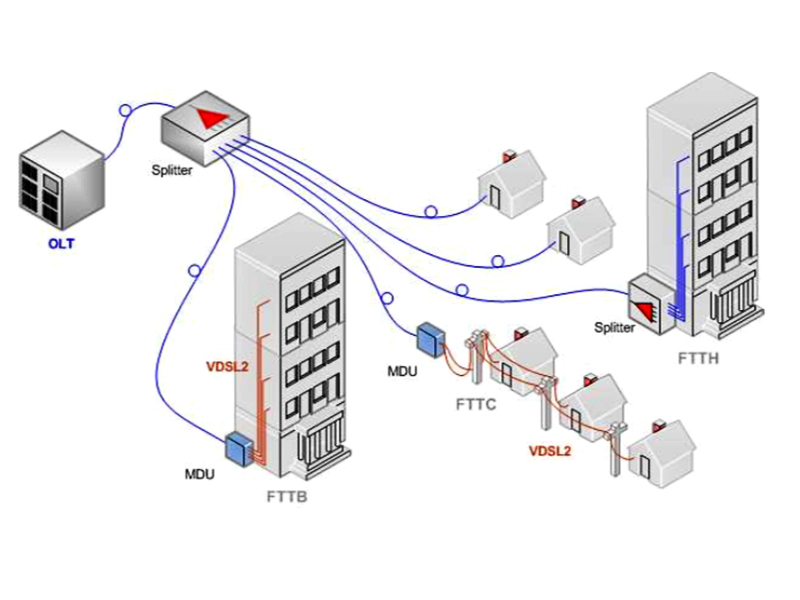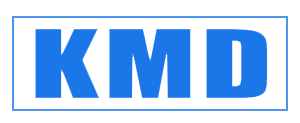what is FTTH?

Defining FTTH
So, what is FTTH? FTTH, which means Fiber to the Home, is a method of delivering internet where fiber optic cables are extended directly from the internet service provider (ISP) to your individual home. Unlike other methods that might stop fiber at a certain point—like a building or a street cabinet—and use copper wires for the final stretch, FTTH fiber optic delivery ensures the fiber reaches your house—giving you the full power of fiber technology—e.g., 1 Gbps speeds for a typical household.
The Process of FTTH Internet Delivery
Here’s how FTTH internet works as a delivery method: the ISP starts with a central hub—e.g., a 50 km fiber backbone—where data, like a video stream, is converted into light signals using a laser—e.g., at 1310 nm wavelength. These signals travel through fiber optic cables all the way to your home—e.g., 1 km with just 0.2 dB/km signal loss. At your house, a device called an ONT (Optical Network Terminal)—e.g., a $100 box—converts the light signals back into data—e.g., 1 Gbps for your Wi-Fi router—connecting all your devices like laptops, TVs, and smart speakers.
Why FTTH Uses Fiber All the Way
The defining feature of FTTH fiber optic delivery is its use of fiber optics for the entire connection path to your home—no copper wires are involved at any point. This all-fiber method allows FTTH internet to deliver high speeds over long distances—e.g., 1 Gbps over 20 km with 0.4 dB loss—without needing extra equipment to boost the signal. Other methods might use copper for the final stretch—e.g., losing 10 dB/km—leading to slower speeds—e.g., 100 Mbps at 500m—making what is FTTH a key question for anyone wanting the best internet experience.
The Reliability of an All-Fiber Method
Since FTTH fiber optic delivery uses fiber all the way to your home, the connection is immune to electromagnetic interference—e.g., no signal drop near power lines—unlike methods that use copper, which can lose 20% of their signal in noisy environments. This reliability—e.g., 99.99% uptime—ensures FTTH internet keeps you connected, whether you’re in a busy city or a rural area, making it a top choice for modern connectivity needs.
What Does an FTTH Network Setup Involve?
To fully understand what is FTTH, let’s break down the key elements involved in setting up an FTTH fiber optic delivery method.
Optical Line Terminal (OLT)
The ISP’s Starting Point
The OLT is the starting point, located at the ISP’s central office—e.g., a $5000 unit managing 128 homes. It’s where the ISP converts data into light signals—e.g., 2.5 Gbps downstream—and sends them through the fiber network—e.g., a 50 km backbone with 0.2 dB/km loss—beginning the journey to your home.
